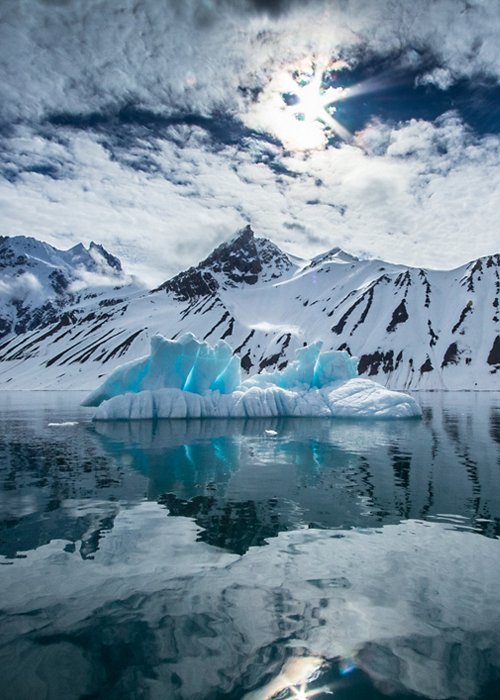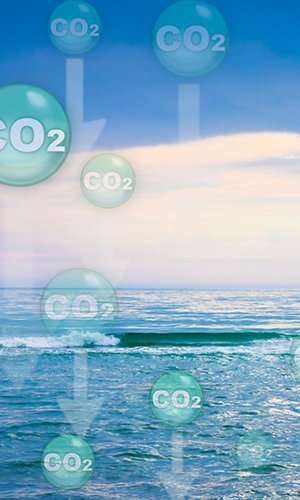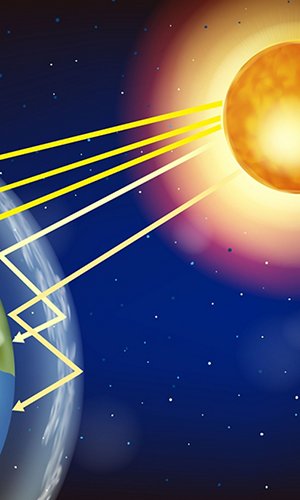Until now, little was known about the long-term response of Greenland's peripheral glaciers, i.e. those glaciers that are separated from the central ice sheet. Thanks to a study conducted by a team of researchers at the University of Copenhagen, in Denmark, we now know that Greenland's peripheral glaciers are melting at an average rate that has increased by as much as five times compared to 30-40 years ago. More precisely, between 2000 and 2020, the average rate of retreat reached 25 metres per year, whereas between the 1980s and 1990s, peripheral glaciers lost an average of 5 metres per year. These are the results of the most comprehensive mapping of Greenland's glaciers to date, which analysed 1,000 of the approximately 22,000 glaciers on the island in detail.
This mapping was possible thanks to an analysis of 200,000 aerial photographs retrieved from the Danish National Archives that date back as far as 130 years. The researchers also used images obtained by the US military during World War II and the Cold War to obtain additional data. Remember that the launch of Earth observation satellites began in the 1970s and therefore information on the state of glaciers in the past has to be obtained from other sources.
Although peripheral glaciers account for only 4% of Greenland's ice-covered areas, they contribute substantially to global sea-level rise, as their mass loss has been greater in recent years than that of the ice sheet. This study is the first to provide a complete overview of the retreat of peripheral glaciers in all key regions of Greenland over a 100-year period, thus making it possible for researchers to understand of how glaciers respond to climate change.





